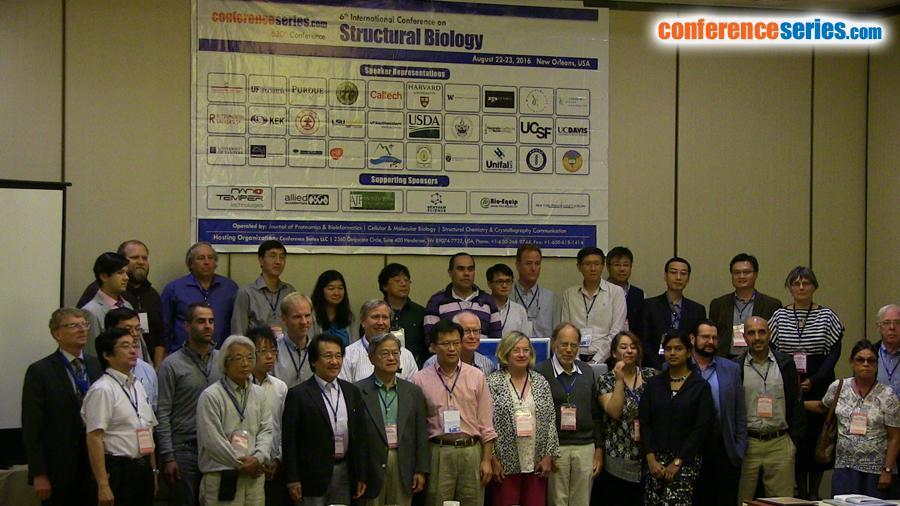
Takeshi Kikuchi
Ritsumeikan University, Japan
Title: Sequence analysis on the information of folding nuclei in proteins with interesting 3D properties
Biography
Biography: Takeshi Kikuchi
Abstract
Extracting 3D structural information from a protein amino acid sequence is one of the significant problems in molecular bioinformatics. In particular, information on protein folding mechanism must be able to be decoded from the sequence of a protein if all information of the 3D structure is included in it. However, extracting the information on protein folding from its sequence is very difficult and the only limited information can be obtained by standard bioinfomatics techniques such as multiple sequence alignment or even more sophisticated techniques. Extracting 3D structural information from a protein amino acid sequence is one of the significant problems in molecular bioinformatics. In particular, information on protein folding mechanism must be able to be decoded from the sequence of a protein if all information of the 3D structure is included in it. However, extracting the information on protein folding from its sequence is very difficult and the only limited information can be obtained by standard bioinfomatics techniques such as multiple sequence alignment or even more sophisticated techniques. Our recent studies have demonstrated that the analyses of protein sequences based on the inter-residue average distance statistics with standard bioinformatics techniques and evolutionary analyses provide the information on protein folding nuclei. In the present study, we try to show the analyses of sequences of several protein families with specific 3D properties. We focus on the following properties; (1) similar partial 3D structures beyond a super family, (2) folding mechanisms of a 3D structure ubiquitously exists, (3) folding mechanisms of proteins with very highly homologous sequences but different 3D structures. In the present work, we take (1) E-to-H helix unit in globin family, (2) beta-Trefoil protein family, and (3) immunoglobulin binding proteins related proteins. We use the average distance map method and F value analysis which predict the compact regions and highly contact residues along the sequence of a given protein. Such information provides significant parts for protein folding along the sequence and also we compare such segments with the conservative hydrophobic residues and then we try to deduce the folding mechanism of a protein. In this way, we analyze the proteins in the categories above. We will present the possible folding mechanisms of these proteins based on the present analyses.
Speaker Presentations
Speaker PPTs Click Here



